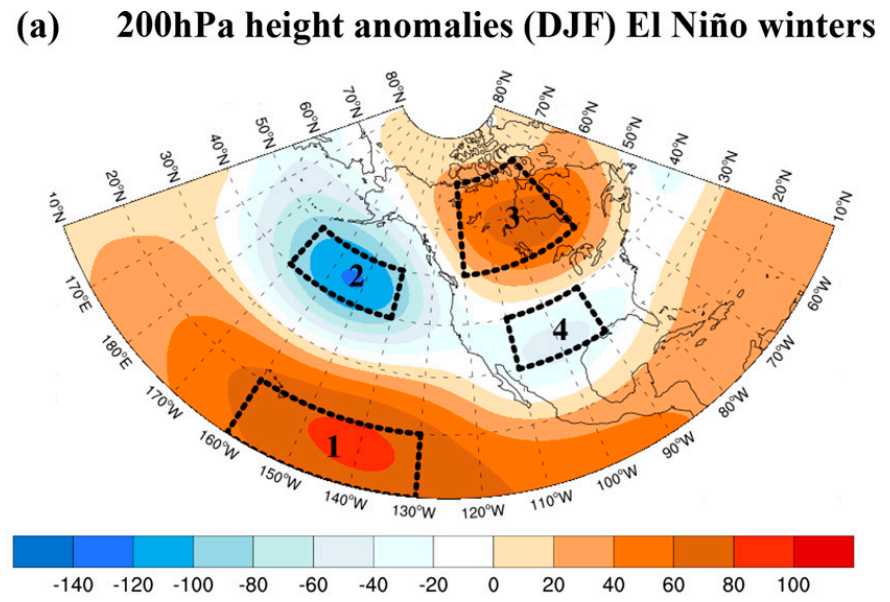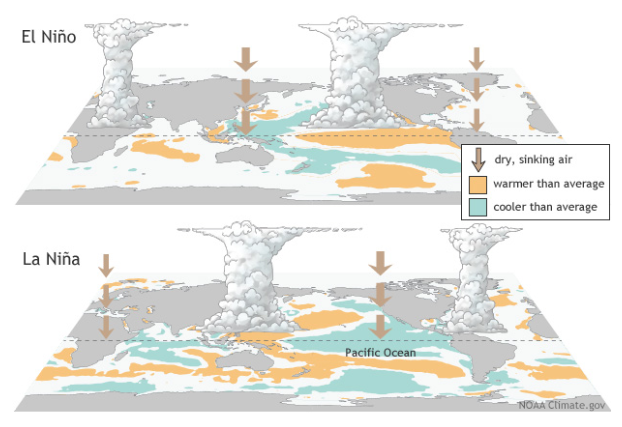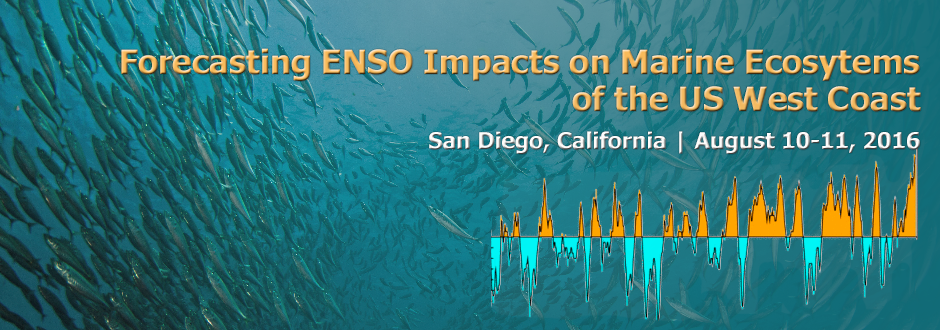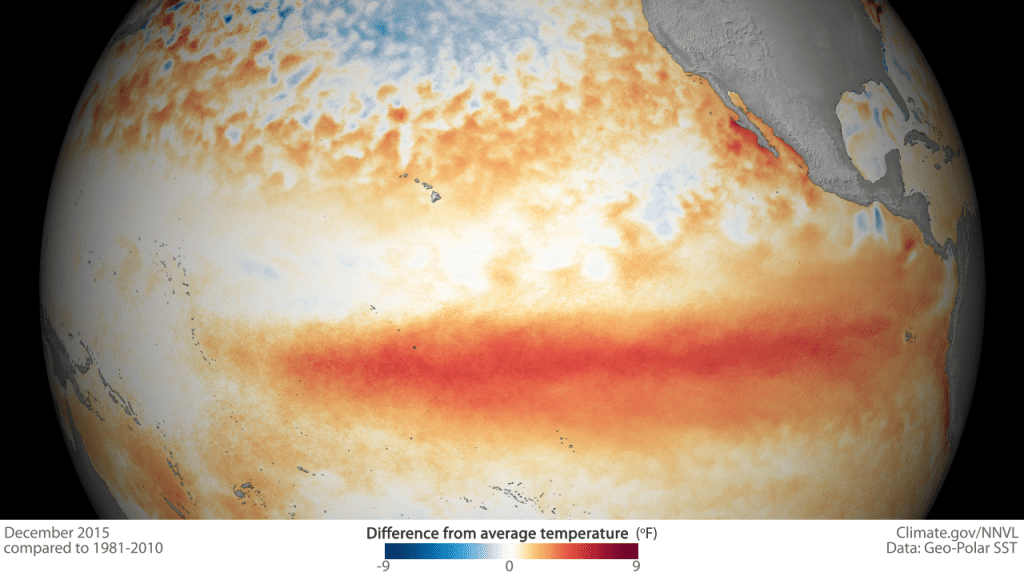Using Energy Driven Models to Predict Tropical Rainfall
Recent modeling study supported by CVP uses an energy flux focus to better understand remote influences on tropical precipitation predictions through 2100.
Using Energy Driven Models to Predict Tropical Rainfall Read More »











